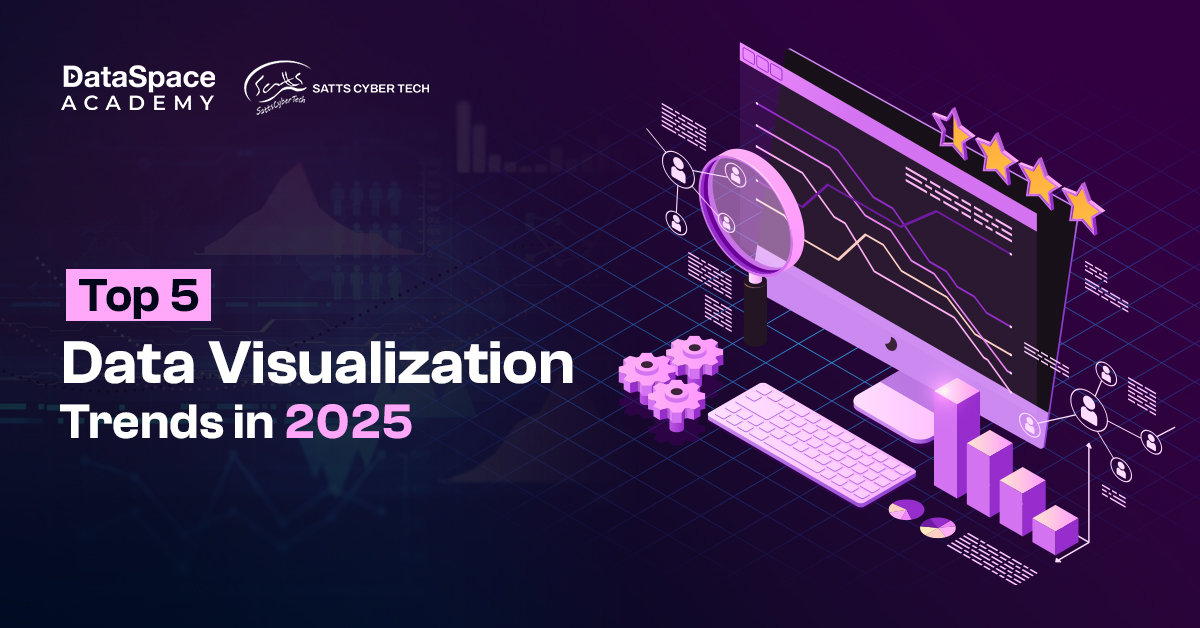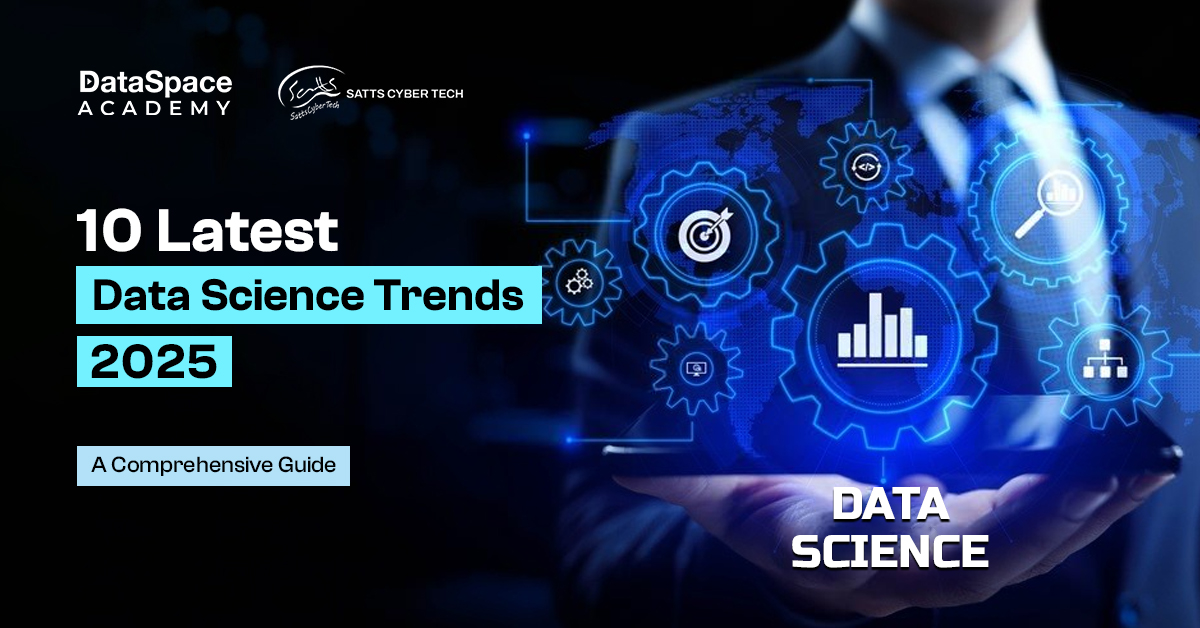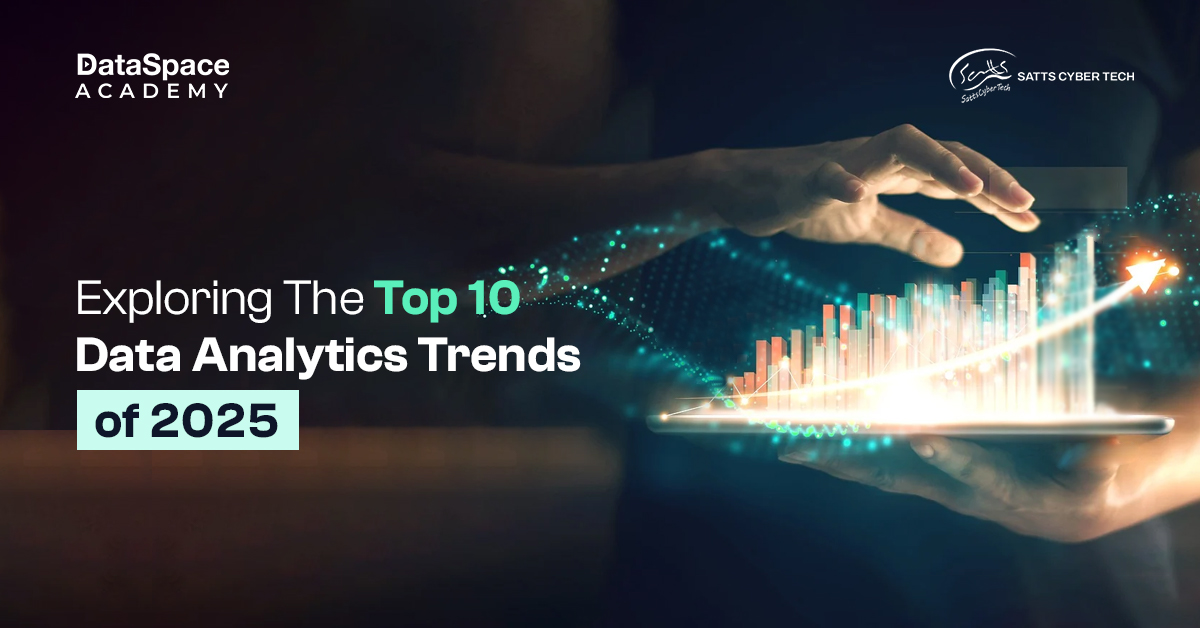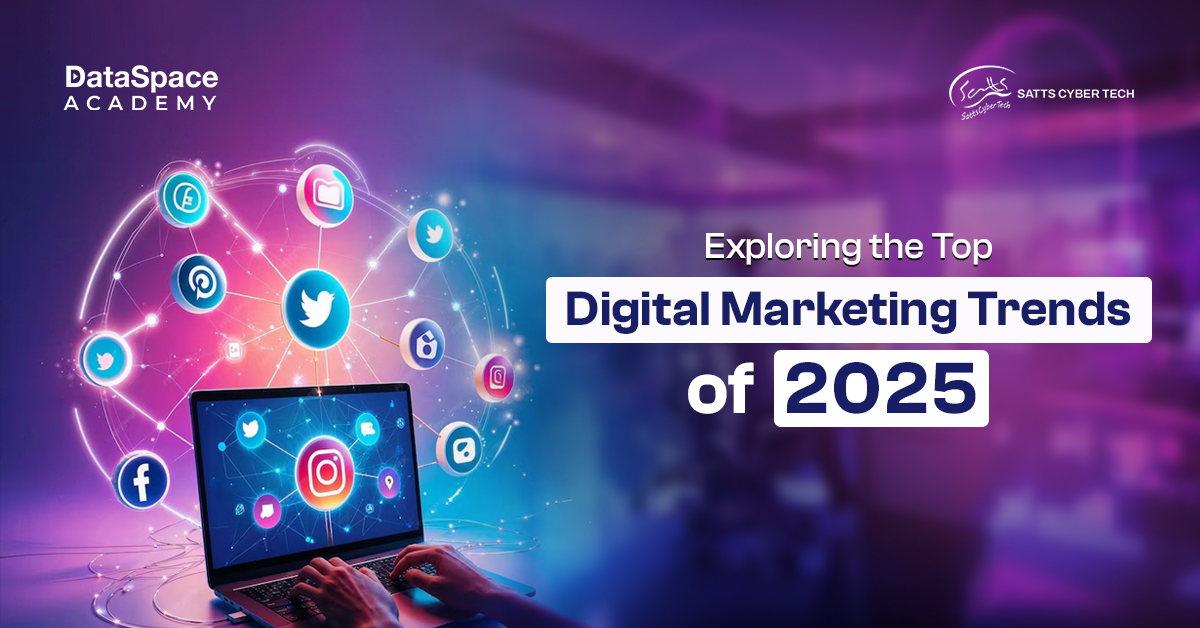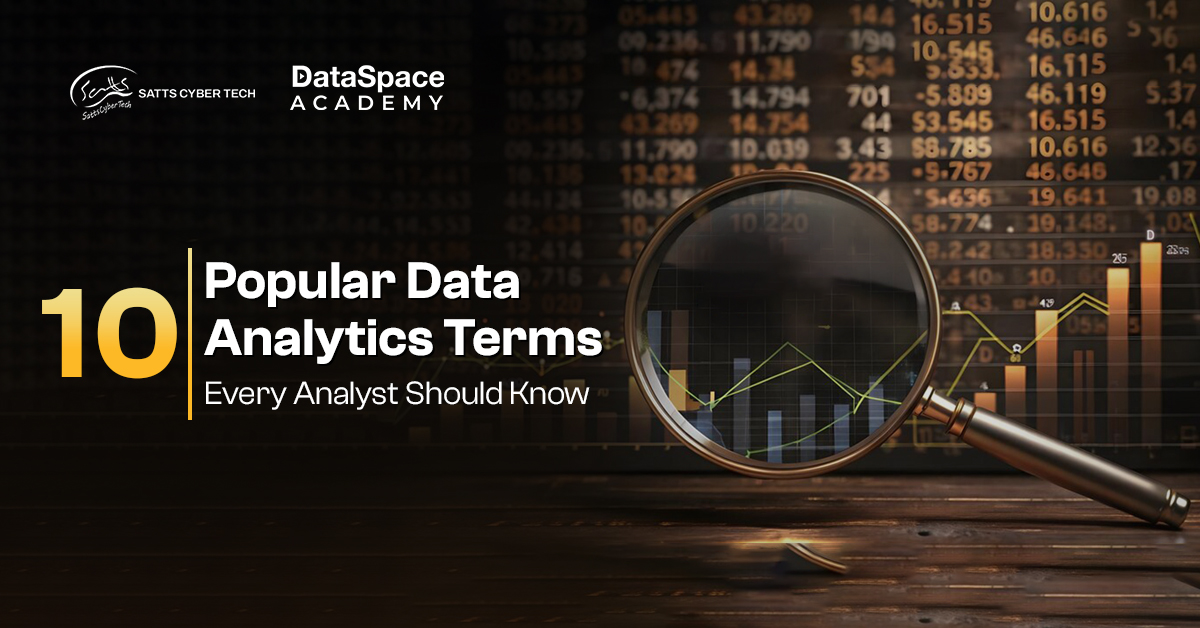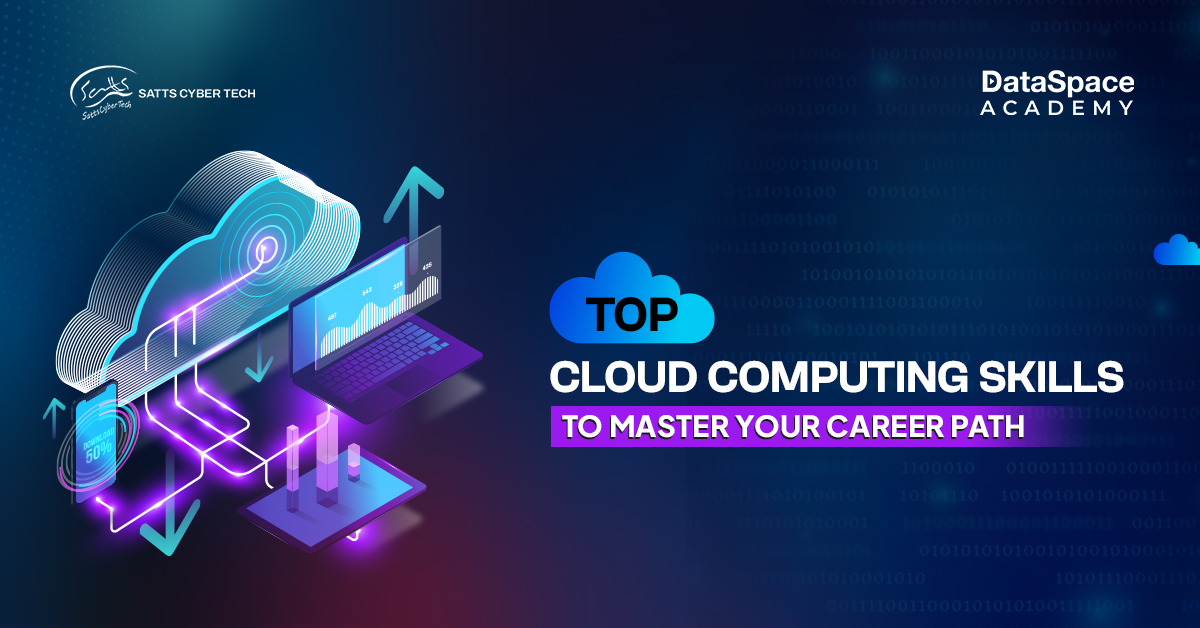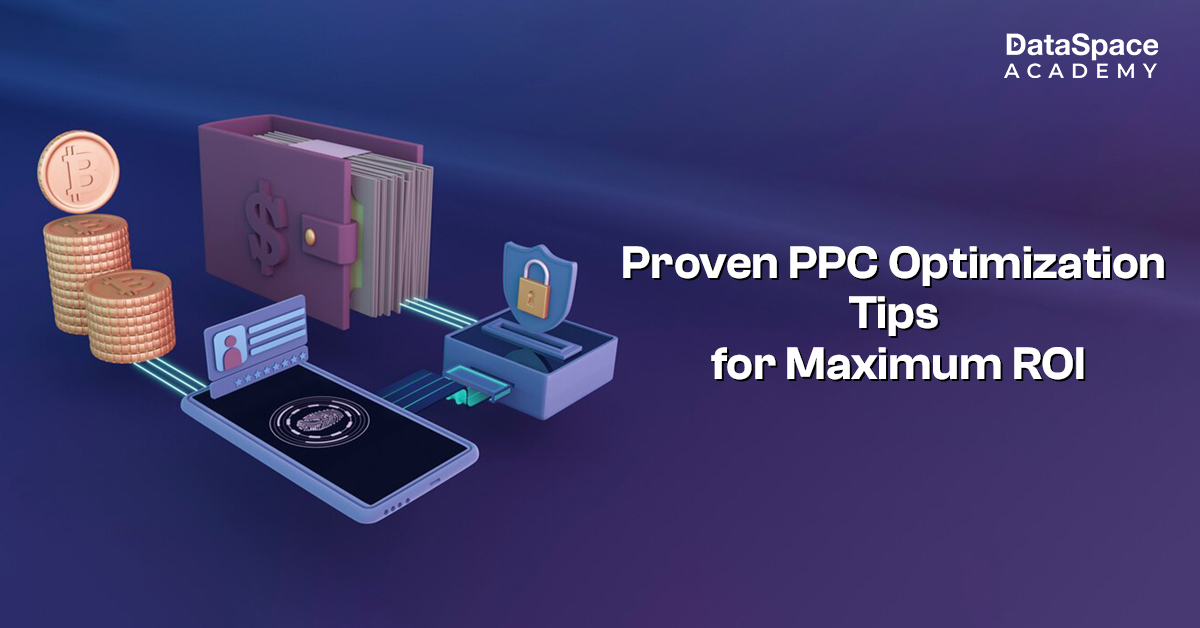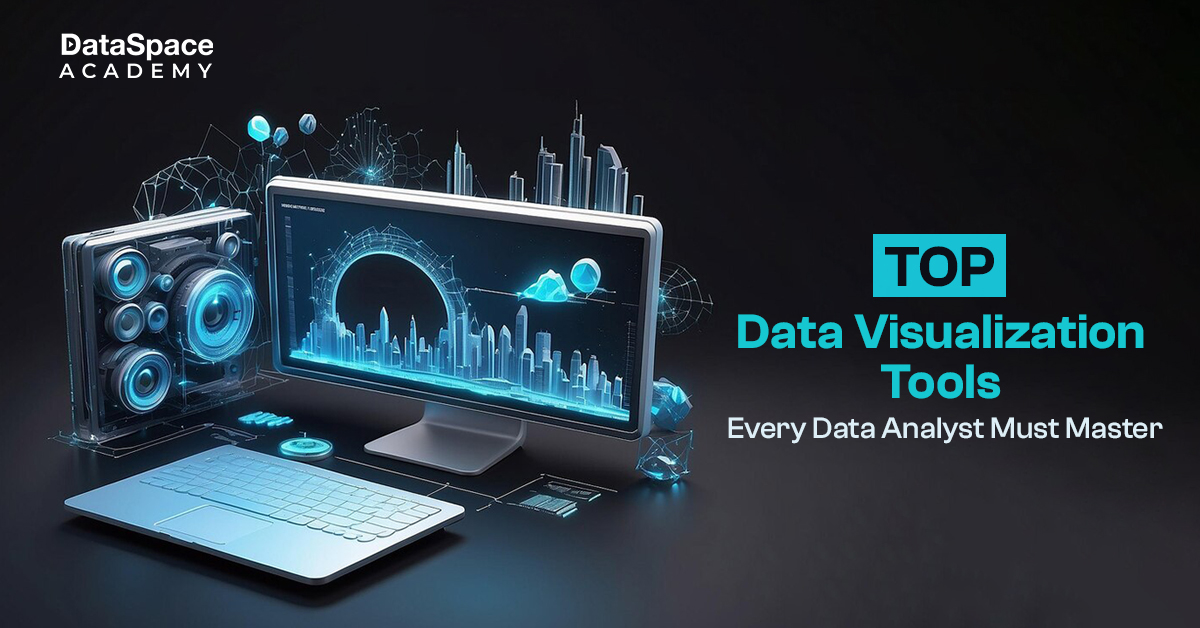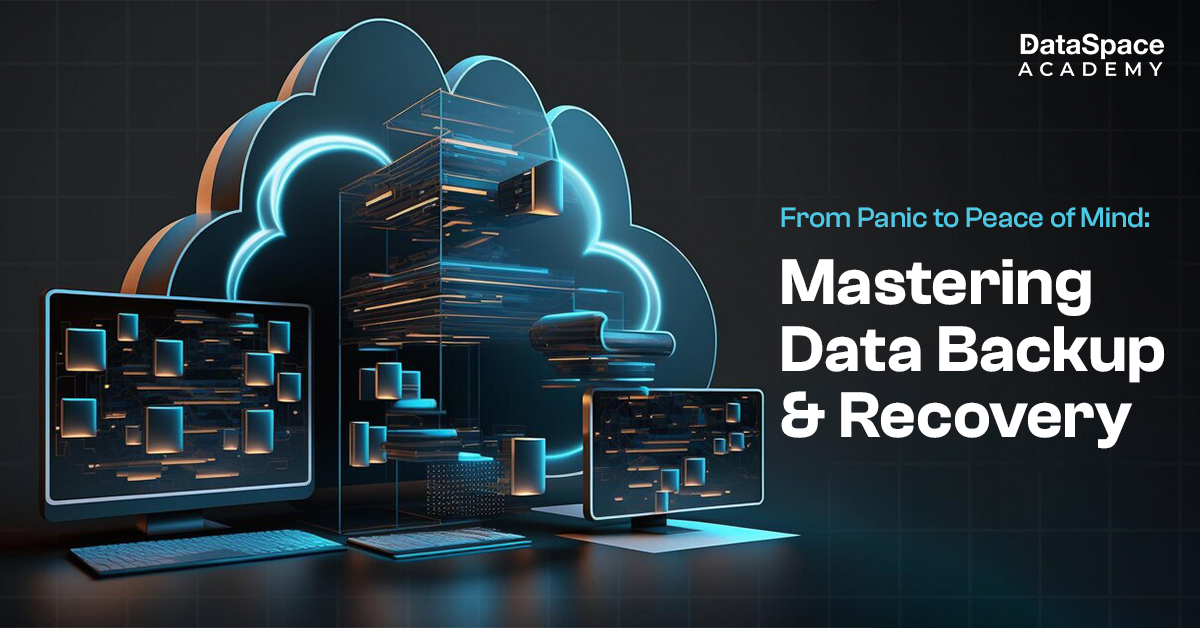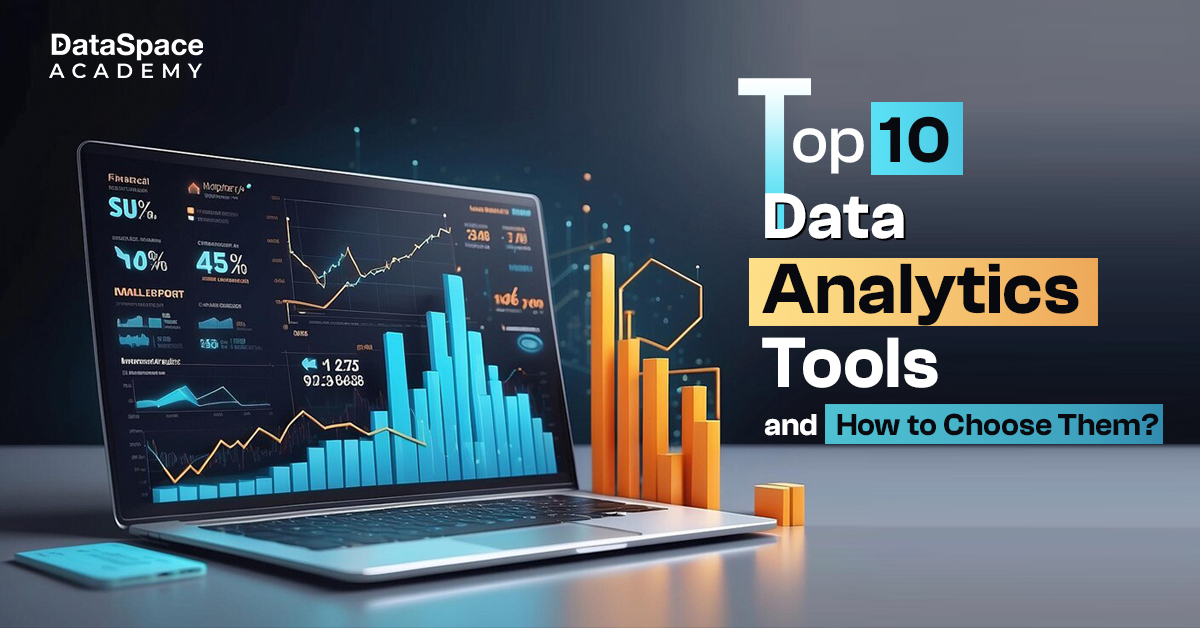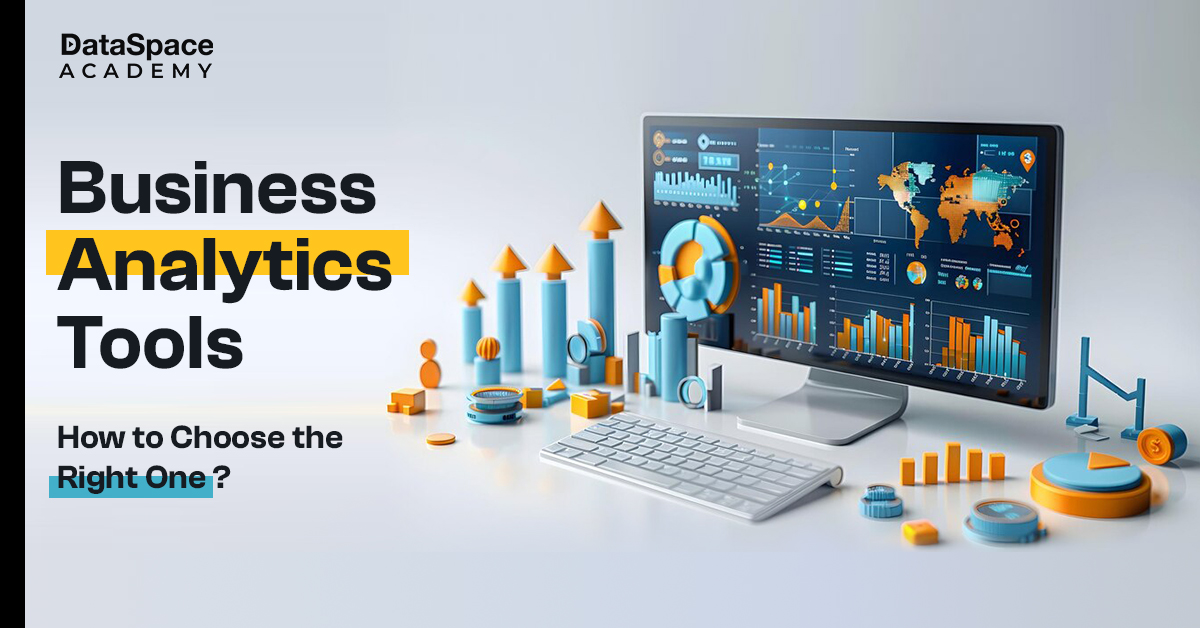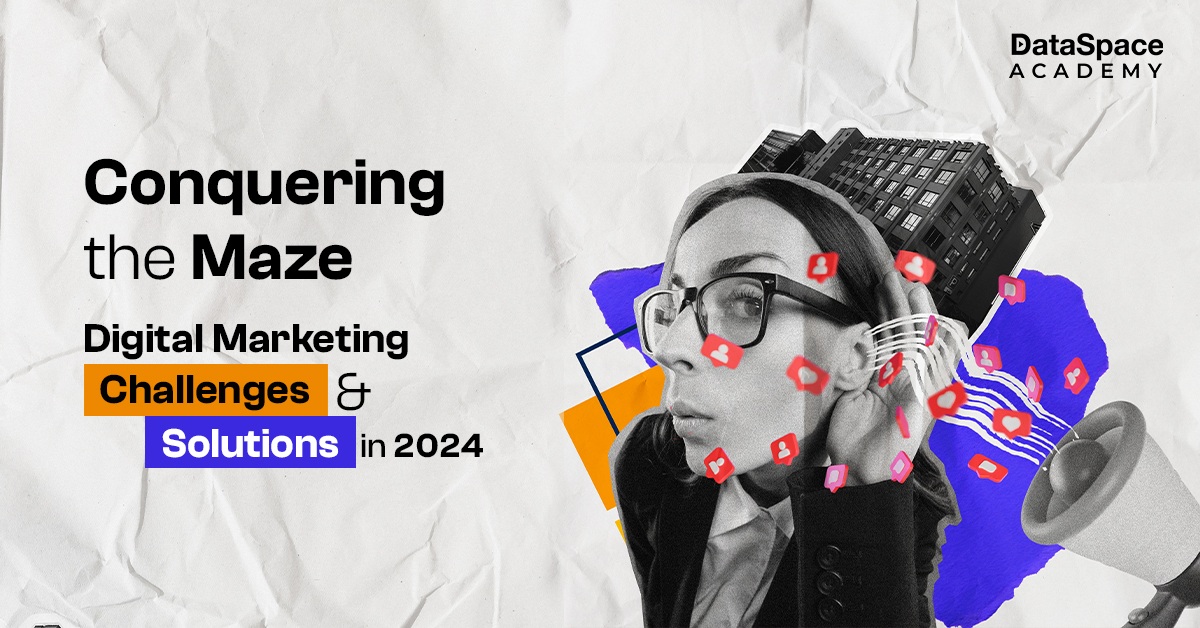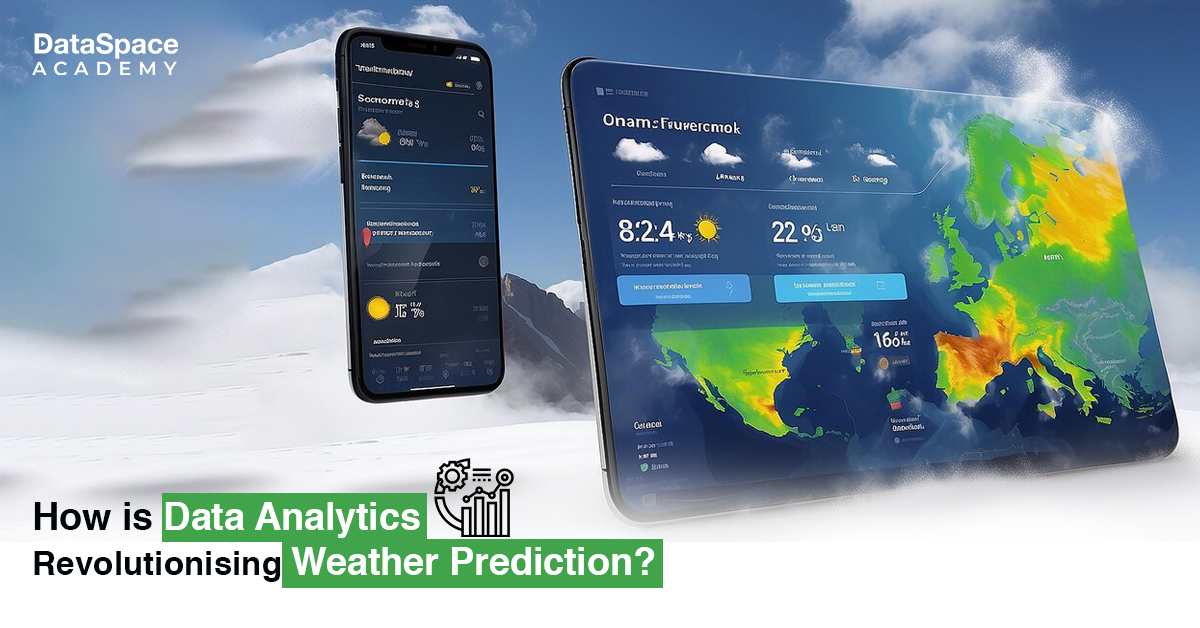Data Analytics: RoadMap for Beginners
Last Updated : 31 Aug, 2023
 1.15L
1.15L

Data analytics is transforming business operations and data analysts are leading the change. Several sectors, ranging from travel to the healthcare industry, are utilising analytics to optimise performance, and operations, and offer better service to their customers. Data analytics is a prospering career domain where the highest CTC could reach up to 24 LPA in India. Ideally, the data analytics definition involves extracting valuable patterns and trends from extensive sets of structured and unstructured data. A data analyst uses statistical techniques and advanced tools to optimise processes and identify growth opportunities.
According to a recent report, data-related roles, including data analysts, are projected to witness exponential growth over the coming years (Source: by the World Economic Forum). The report further highlighted that by 2025, over 85% of companies are expected to have embraced data analytics as a core component of their business strategies. These statistics underscore the supremacy of data analyst skills and training in the modern career domain. In other words, a career in data analytics is highly rewarding in the 21st century.
What Is Data Analytics?
Undoubtedly, data is a valuable asset- but only in its filtered form. Each day companies generate tonnes of raw, unfiltered data. But organisations cannot extract much value from this tangled mess of information. This is where organisations need data analysts. It’s only when a data analyst cleans, sorts, and processes this information to arrive at valuable insights – the companies can reap the benefits.
Technically speaking, data analytics is a process of analysing raw, unfiltered data to uncover meaningful, actionable insights, which are then used for driving smart business decisions. In simple terms, data analytics helps solve specific business-related problems with the help of data. It helps uncover hidden patterns in a particular dataset to understand how a certain customer group behaves or track the overall productivity of the employees in a particular department.
With data analytics, organisations can understand upcoming trends and customer behaviours – resulting in more informed decisions and planning on the organisation’s part.
Data Analytics vs. Data Science
Data analytics and data science are the two most frequently used terms of the 21st century. Both domains intermingle with each other and share a fair amount of similarities and differences.
While data science involves extracting valuable information, insights and patterns from vast and complex datasets, data analytics’ primary concern is studying datasets to uncover trends and correlations to derive meaningful conclusions. To uncover hidden patterns and make predictions, a data scientist uses a combination of programming, mathematics, statistics, and machine learning techniques. However, a data analyst uses statistical analysis and visualisation to facilitate the decision-making process.
What Does A Data Analyst Do?
To understand data analytics and what data analysts do, let us go through this case study. Imagine a book-selling e-commerce website, WeRead.com, that has more than 10,000 registered customers. On an average day, the website has 15,000 new visitors which increases up to 25,000+ on special occasions like annual book sales, exclusive book launch events, or subscription box announcements.
WeRead.com is trying to improve the overall consumer experience, develop retail price optimization models, and introduce a weekly book recommendation email blast for its client base. The website has the billing data, payment method, purchase history, etc. of their clients.
To work through these aspects, a data analyst will use multiple tools and techniques to clean, sort, and transform raw data into a usable format. Then they will apply statistical methods and visualisation tools to identify hidden patterns and trends within the dataset. The process will be followed by detailed reports and presentations, based on thorough analysis. Once the report is ready, they will communicate their findings to other members of the team.
Skills needed to become a Data Analyst?
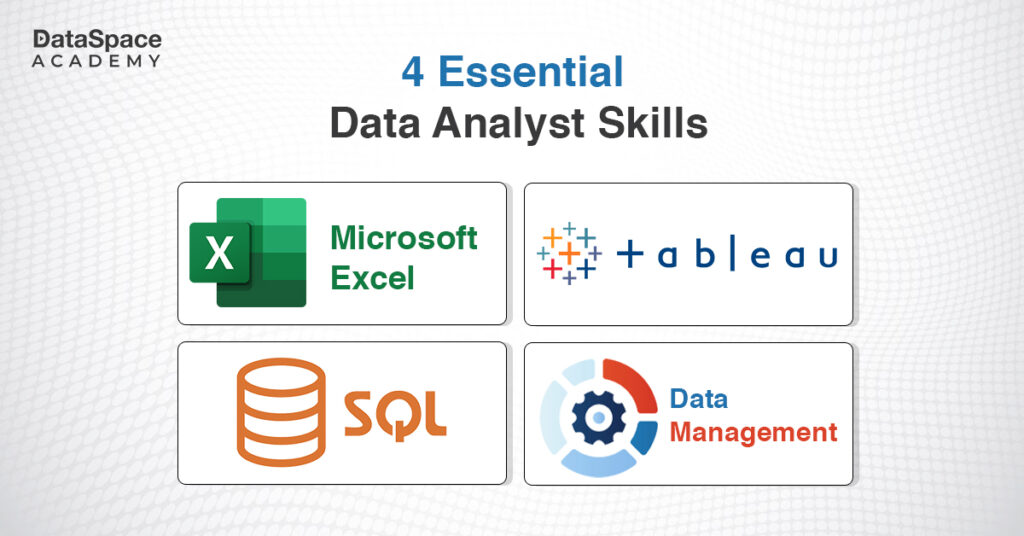
So far, you know that a data analyst uses multiple tools and techniques to work around data. Although you do not need to learn – everything, everywhere, all at once – to become a successful data professional, familiarity with most of the tools could be helpful in building a career in this domain.
Here are the Top Ones:
-
Microsoft Excel
Microsoft Excel helps data analysts organise, format, and calculate data using formulas within a spreadsheet system. With Excel, data analysts can run basic queries and create pivot tables, graphs, and charts for visualisation purposes. Excel’s macro programming language, Visual Basic for Applications (VBA), helps automate tasks and provides a full programming environment for data analysis.
-
Tableau
Tableau is another preferred business intelligence and data analytics software, mainly used for data visualisation. With Tableau, a data analyst can represent raw data in visual dashboards and worksheets. It makes the data more readily available and easy to understand for the other members of the team.
-
SQL
Among the top skills for data analysts, familiarity with Structured Query Language or SQL is a must. This query language helps a data analyst to update, organise, and store query data in a company’s databases necessary for creating reports.
-
Data Management
Ideally, data management refers to collecting, organising, and storing data in an efficient and cost-effective manner. While some organisations will have roles dedicated to data management—data architects and engineers, database administrators, and information security analysts—data analysts often manage data in some capacity.
Data Analytics Roadmap
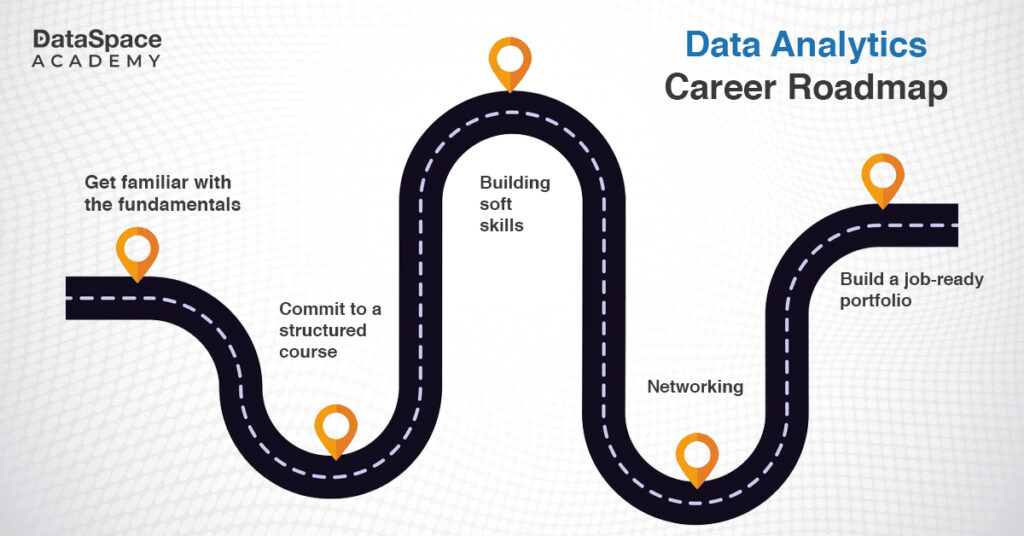
-
Get Familiar with the Fundamentals
Start by learning the key tools and relevant techniques associated with this domain. Additionally, you can start by exploring Microsoft Excel and practicing some basic tasks, like creating a pivot table or using formulas to sort data from a given dataset. It works as an introduction to the data analytics domain for you.
-
Commit to a structured course
There are numerous free resources available online that claim to teach you the fundamentals of data analytics. However, most of these courses lack the structured approach or the hands-on practice necessary to succeed in this domain. One of the best ways to learn the essentials of data analysis is to enrol in a dedicated program that offers hands-on training as well.
The Dataspace Academy’s 8 months-long, beginner-friendly data analytics program is highly recommended here. This program offers dedicated classroom education to students under industry-experienced trainers, along with hands-on training on various tools and programming languages. This course is taught in both online and offline modes. Also, the institution offers placement assistance, career coaching and interview prep, and mentorship programs for its learners.
-
Building Soft Skills
Along with the data analytics basics hard skills, an aspirant needs to work on their soft skills too, like presenting reports, conducting research, or solving problems of the team. Building essential soft skills can prove to be immensely helpful when applying for jobs and will render a major push to your resume.
-
Networking
Building networks and establishing connections are immensely helpful in landing a job in this domain. Attending conferences, sending requests on Linkedin, or contributing to data analytics-related forums is always a good idea to build strong connections. Networking helps in opening potential career doors, learning advanced skills, or finding mentorship and support as you land your feet in a brand-new industry.
-
Build a Job-ready Portfolio
Apart from building dedicated skills, you must work on your work portfolio. This portfolio will showcase some of your best works and prove to be an important asset during the job-hunting phase. You can use the portfolio to demonstrate your proficiency in using specific tools frequently used by analysts for investigating the data.
Top Industries Searching For Data Analytics
From Fortune 500 giants to budding startups, everyone is hiring skilled data professionals to process and analyse unfiltered, raw data for valuable insights. Here are some of the high-paying industries hiring data analysts:
-
Business intelligence
When it comes to the top industries hiring data analysts, business intelligence is among the top four that are actively recruiting data analysts, so much so that around 25% of the total global job posting for data analyst roles comes particularly from this sector.
-
Finance and Banking
Finance was among the first industries to utilise big data for advancing their business operations. Finance companies like investment banks and venture capital firms use data analytics to conduct risk assessments, spot trends, inform investment decisions, and make predictions.
-
Healthcare
The healthcare industry is always struggling with tons of data. They need a large number of data analysts to manage and review their data. Although the adoption rate is slower, we are most likely to witness a rise in adoption in the near future.
-
Entertainment
With streaming services taking over, the entertainment industry is leveraging big data to drive its growth, evaluate content reception, and gauge the viewership volume. Data analysis in the entertainment industry helps sort and analyse customer data to offer better streaming recommendations and improve product offerings. Additionally, it helps in analysing the customer’s view data to frame potential shows in the future, test advertising, and improve user experience.
-
Retail
In the retail industry, data analytics plays a crucial role in understanding consumer behaviour and improving marketing and sales strategies. Retailers are eager to collect customer information to gain crucial insights that can boost revenue.
Top Career Roles In Data Analytics Domain
- Data Scientist
- Business Intelligence Analyst
- Data Engineer
- Business Analyst
- Marketing Analytics Manager
- Financial Analyst
- Quantitative Analyst
- Data Visualization Engineer
What Does The Future Hold For Data Analytics?
The future of data analytics is a highly promising one. Advancements in technology, integration of AI, and increased focus on data privacy will shape how organisations use data. Simultaneously, with the rising emphasis on data-driven business operations, the domain of data analytics seems to offer a wealth of possibilities for aspiring professionals.
Final Words
Data analysts are a major driver for a paradigm shift in the modern world. With technological advancements and the increasing availability of data, this field will grow exponentially building exciting opportunities. By staying up-to-date with the latest tools, and techniques, you too can position yourself in this dynamic and ever-evolving field.
Dataspace Academy’s exclusive industry-relevant data analytics course will be a huge help for learners wanting to join this domain. The updated course offers you hands-on experience, placement assistance, and an advanced course curriculum to make you the best.
Interested to know more about our course? Talk to us, now!!
 1.15L
1.15L


